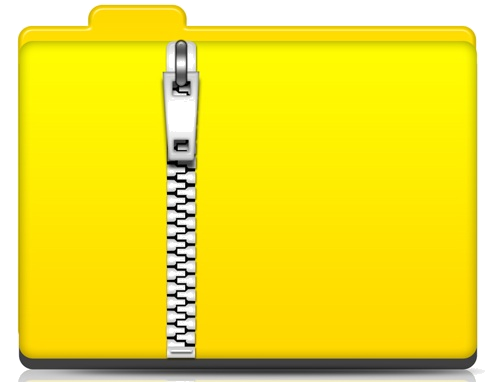Urban Centres in Mozambique:
The City of Beira, 1981-1994
Dossier MZ-0664
![]()
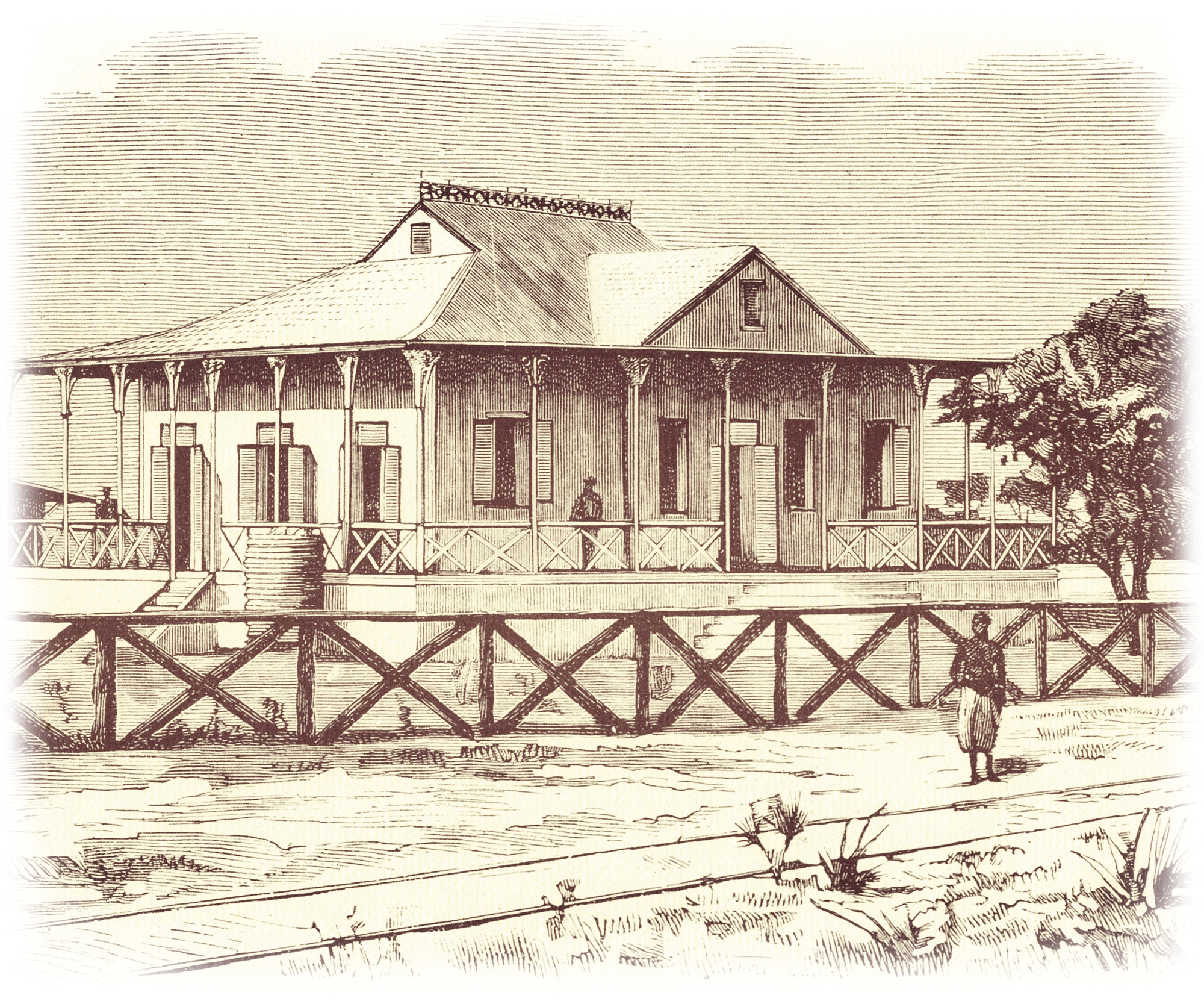
Above: A contemporary engraving of the residence of the Portuguese colonial governor in Beira in 1895.
Beira, the capital of Sofala province, is Mozambique’s third largest urban area after Matola and Maputo and is a major port on Mozambique’s Indian Ocean coast, with important rail and road links to Zimbabwe. It was established as a settlement in the nineteenth century on the northern bank of the Púnguè estuary and became the main commercial hub in central Mozambique. The city was built on marshy flatland and mangrove swamps; The harbour is shallow and silts up easily, requiring constant removal of sediment.
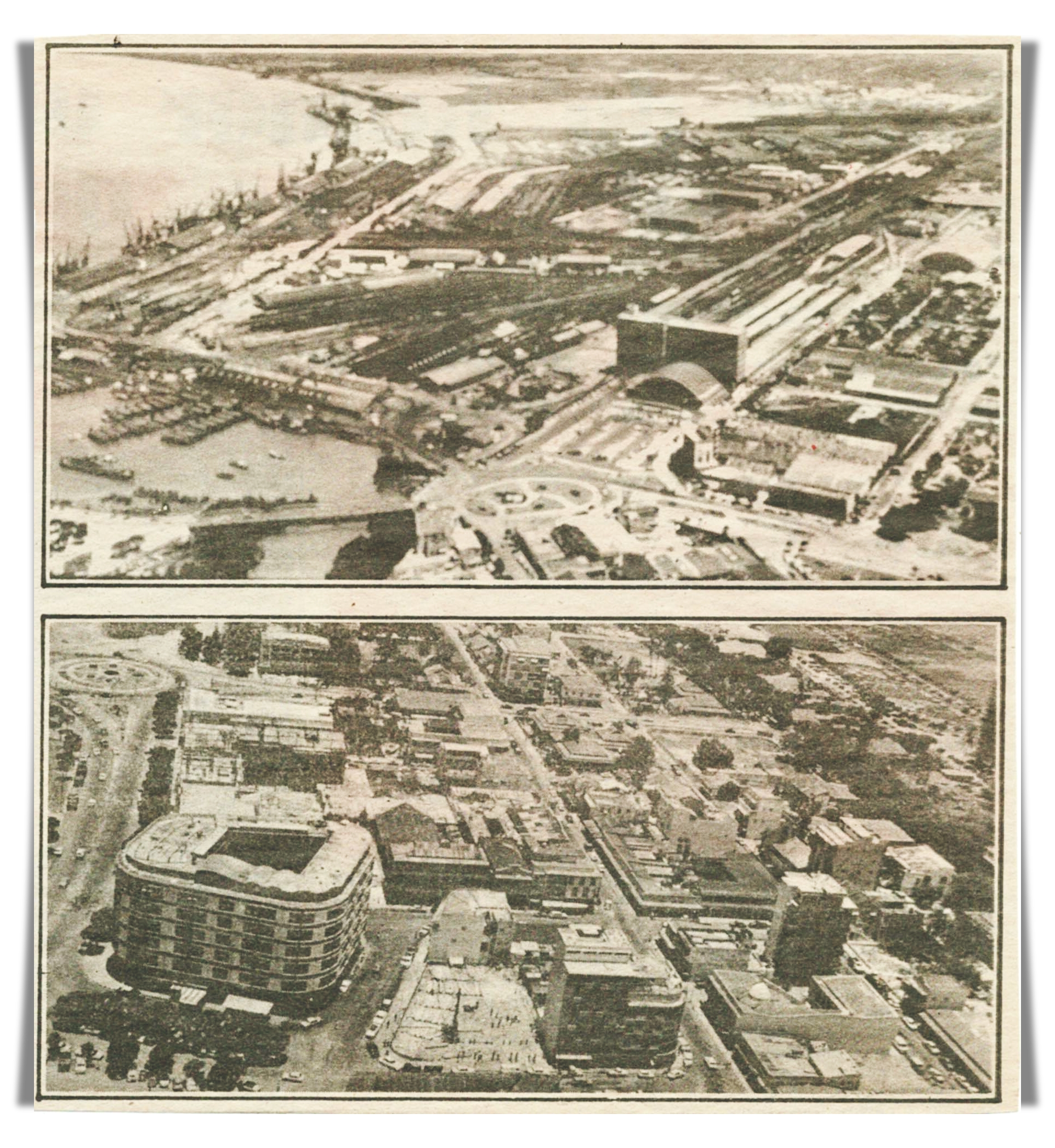
Above: Two aerial photographs of Beira. In the top picture we can see the “Porto de Pesca” or fishing harbour, the bridge over the Xiveve overlooking the Moulin Rouge nightclub in front of the Largo dos Caminhos de Ferro and its famous railway station. The bottom picture shows the city center, with the prominent Hotel Embaixador building, and the Chinese School behind it on the right.
For half a century – 1891-1942 – Beira was the centre of operations of the Companhia de Moçambique, a private chartered company which essentially rented Manica e Sofala from the Portuguese. In the 1960s, Beira grew rapidly and evolved into a centre of resistance to FRELIMO’s demands for independence.
The expansion of the port and the construction of the railway to Rhodesia created a demand for labour, and Chinese workers came in numbers to build the harbour, lay the line of rail, and work in sugar plantations. They were paid less than other skilled workers, but many eventually settled. By the 1960s Beira was became the centre for ambitious Portuguese development plans in the central and northern provinces. These depended on cooperation with South Africa, Rhodesia, and Malawi. Projects such as the Cahora Bassa hydroelectric dam and the expansion of Nacala port and its rail links date from this period.
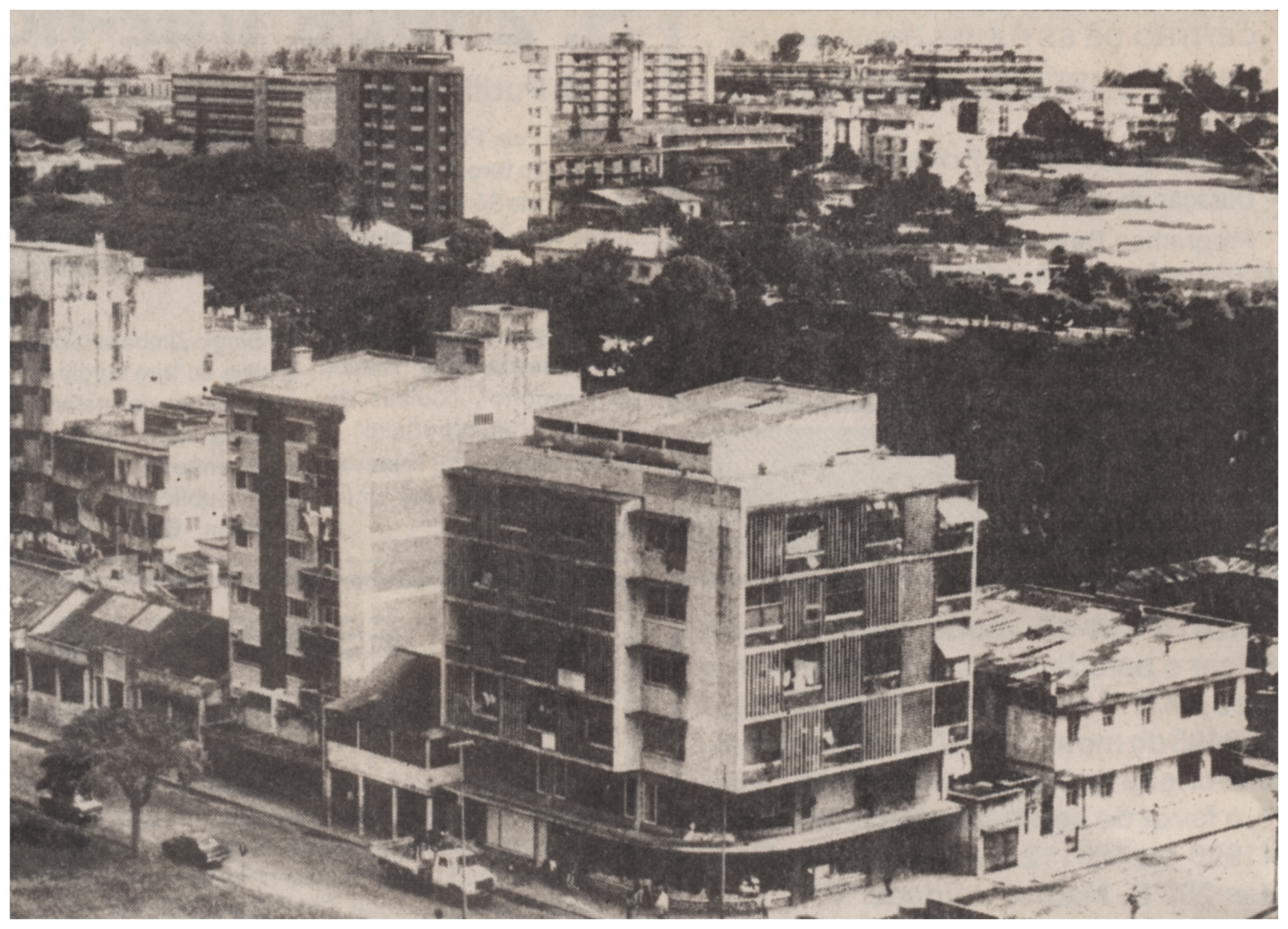
Above: A view of Beira first published in May 1993.
As a city, Beira never warmed to Frelimo; in 1975 Samora Machel commented that “to speak of Beira is to speak of crime” in a speech in the suburb of Manga. In 1980 he durther described the city as “the centre of the spiritual children of colonialism.” Beira became a municipality in 1998 and began electing its own mayors; the Frelimo candidate has never won.
The city’s economy was badly hurt by the closing of the border with Rhodesia in March 1976, but enjoyed an artificial boom in the 1980s when the Zimbabwean army protected the Beira Corridor during the war with RENAMO. The city’s prosperity was damaged yet again when the Zimbabwean economy collapsed in the period 2000–2008. Beira’s population in 2024, according to the UN’s World Urbanization project, was estimated at 642,855 people – in 1950, it had been only 42,265.
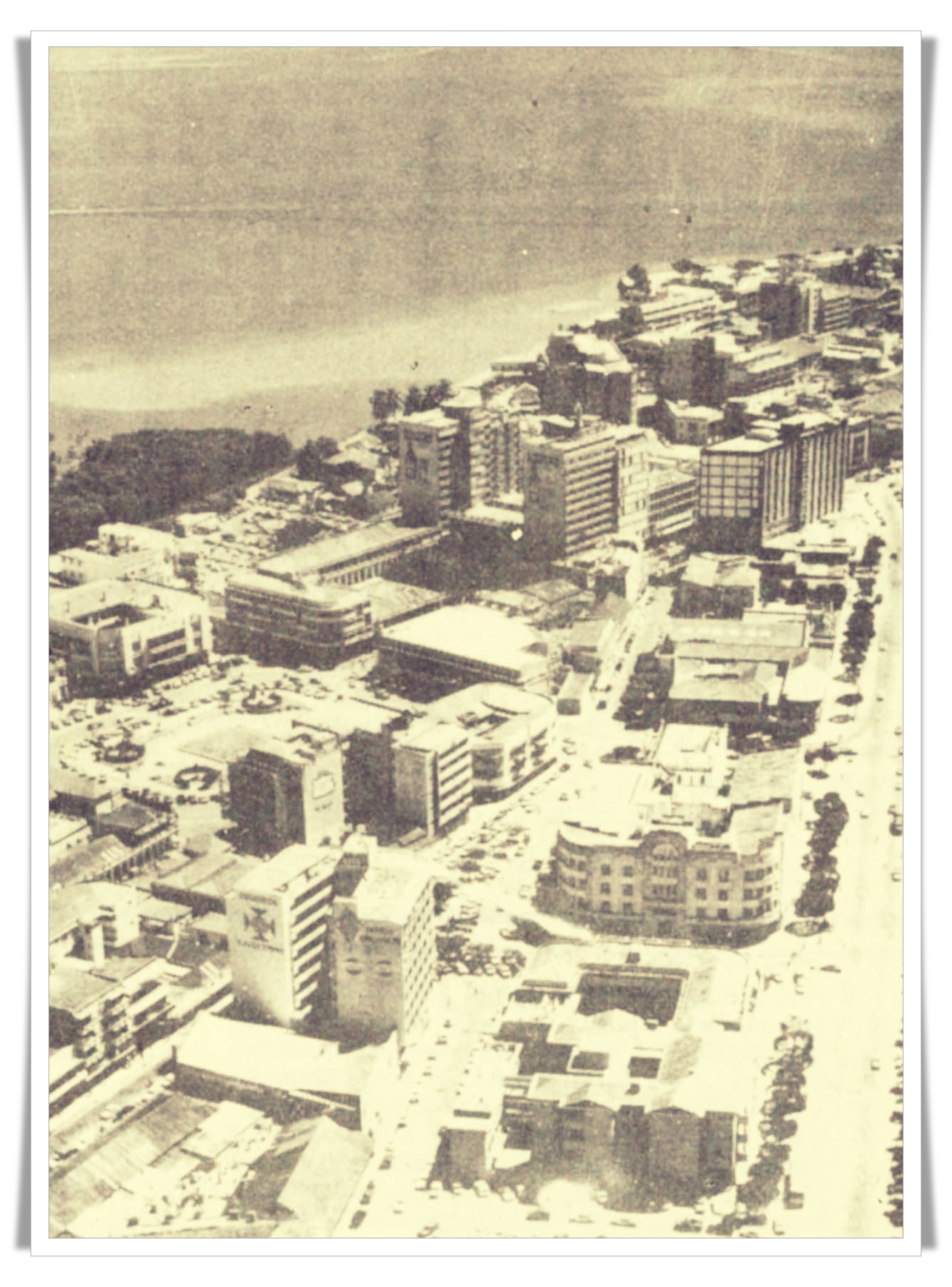
Above: An undated aerial photograph of the city.
![]()
Consolidated Downloadable Zipped Files
Click on the yellow folder image below to download a zipped archive of 50 press clippings in PDF format.
![]()



![Aluka: Struggles for Freedom [subscription required] Struggles for Freedom](imgs/aluka_200.png)



